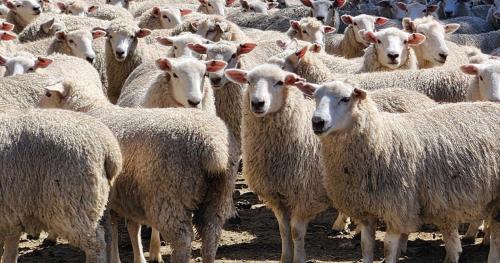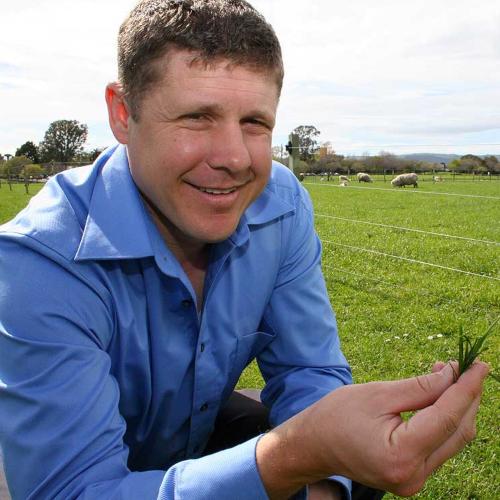Search results
Displaying 621 - 630 results of 1453
- … disruption 3 headwinds disruption 3 scenario planning 1 scenario planning framework 2 … bigger impact greenhouse gases from farming than previously believed revised … worldwide organizations well from consumers farming has come under considerable scrutiny …
- News… realms of possibility for a group of southern farmers who are already seeing this figure in … Southern farmers push boundaries with hogget lambing …

- Podcast… of sheep research focused on improving on-farm productivity and profitability and is a … check out our resource book “ A Guide to Feed Planning for Sheep Farmers ” You can also watch the video of … in the Beef + Lamb New Zealand Taranaki Farming for Profit Lifting Sheep Productivity …

- Other PDF… improved profitability sustainability our farmers primed change can thrive future … pride why animal health directly impacts farm productivity nsi farmers need information … budgeting more nsi farmers using feed planning measuring monitoring tools increased …
- Factsheet… version some key trends new zealand farming systems next page you can find link maps underlying data beeflambnzcomfarmplan models have been used predict future … farm system unpredictability require forward planning ability respond events build …
- Video… part of a Beef + Lamb New Zealand Innovation Farm project, Scott Linklater, of Link Farms Ltd, has been running a trial to …
- … MitAgator modelling completed across multiple farms in the catchment. One of the group's … in the Pourakino Catchment Group area have farm environment management plans. For more …
- Podcast… and wellbeing of New Zealand’s hill country farmers, their farm systems, the environment and rural …

- … area of 17,000 ha that includes a total of 18 farms and the Mandeville Township. The farms within this catchment are primarily sheep and beef with one dairy farm at the bottom of the catchment. The …
- Factsheet… 3 51 sheep beef farming can impact freshwater quality stream … understand risks freshwater from your farming operation put place actions mitigate … factsheet relates coli loss from drystock farms end document link other three factsheets …
